As autumn fades and the chill of November settles in, many gardeners think it’s time to hang up their trowels and wait for spring. But in reality, November is one of the best times to plant bulbs that will burst into color as soon as winter ends. Whether you live in a region with mild winters or one where the ground freezes solid, the right bulbs can transform your garden into a lively, colorful space early in the year.
According to gardening experts, planting bulbs in late fall allows them to establish strong roots before the soil freezes. When the temperature rises again, they reward you with an early display of cheerful blooms that signal spring’s return.
Here’s your expert-approved guide to the best bulbs to plant in November—plus detailed tips on how to ensure they thrive.
Why November Is Still a Good Time to Plant Bulbs
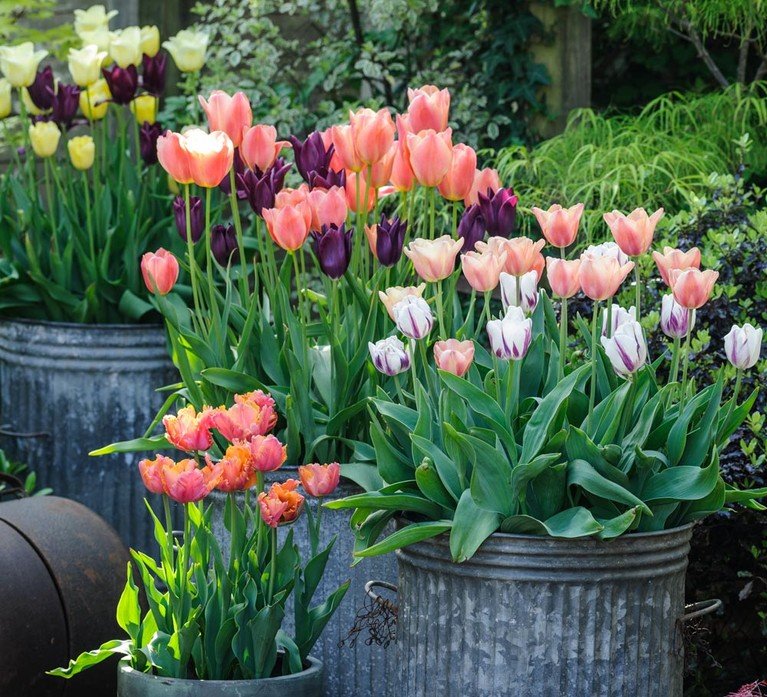
If you’ve missed the typical bulb-planting season in October, don’t worry—November isn’t too late. Most bulbs actually prefer cooler soil temperatures (around 40–50°F / 4–10°C) for proper root development. As long as the ground isn’t frozen, your bulbs can still settle in comfortably.
Planting late also helps protect bulbs from rot, since the cooler soil discourages fungal growth. And even if you experience a light frost, most hardy bulbs can withstand it easily.
Expert Tip:
Before planting, check your local frost date. You want to get bulbs in the ground at least 2–3 weeks before the soil freezes solid to give them time to establish roots.
1. Daffodils (Narcissus)
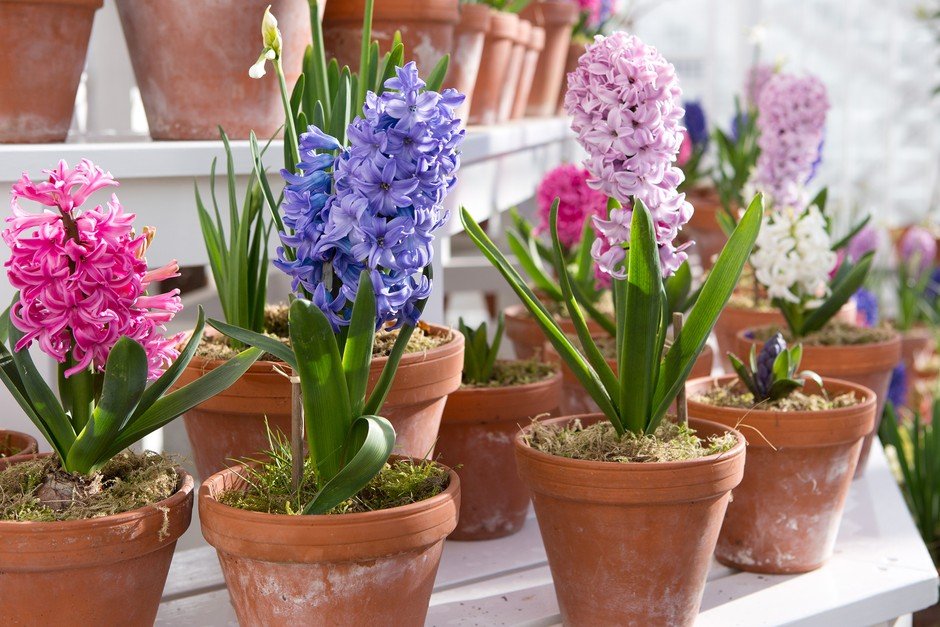
Few flowers say “spring is here” like daffodils. Their cheerful yellow and white blooms bring brightness to gray early-spring days. Daffodils are incredibly hardy and forgiving, making them perfect for late planting.
Why Plant in November:
Daffodil bulbs are resilient and can handle colder soil, allowing you to plant them well into November in most climates. They naturalize easily, returning year after year with little maintenance.
Planting Tips:
- Depth: 6–8 inches deep
- Spacing: 4–6 inches apart
- Soil: Well-draining, slightly acidic to neutral
- Bonus Tip: Mix early, mid, and late-blooming varieties to extend your daffodil season from March through May.
Popular varieties: ‘Tête-à-Tête’, ‘Ice Follies’, ‘Carlton’, ‘Mount Hood’.
2. Crocuses
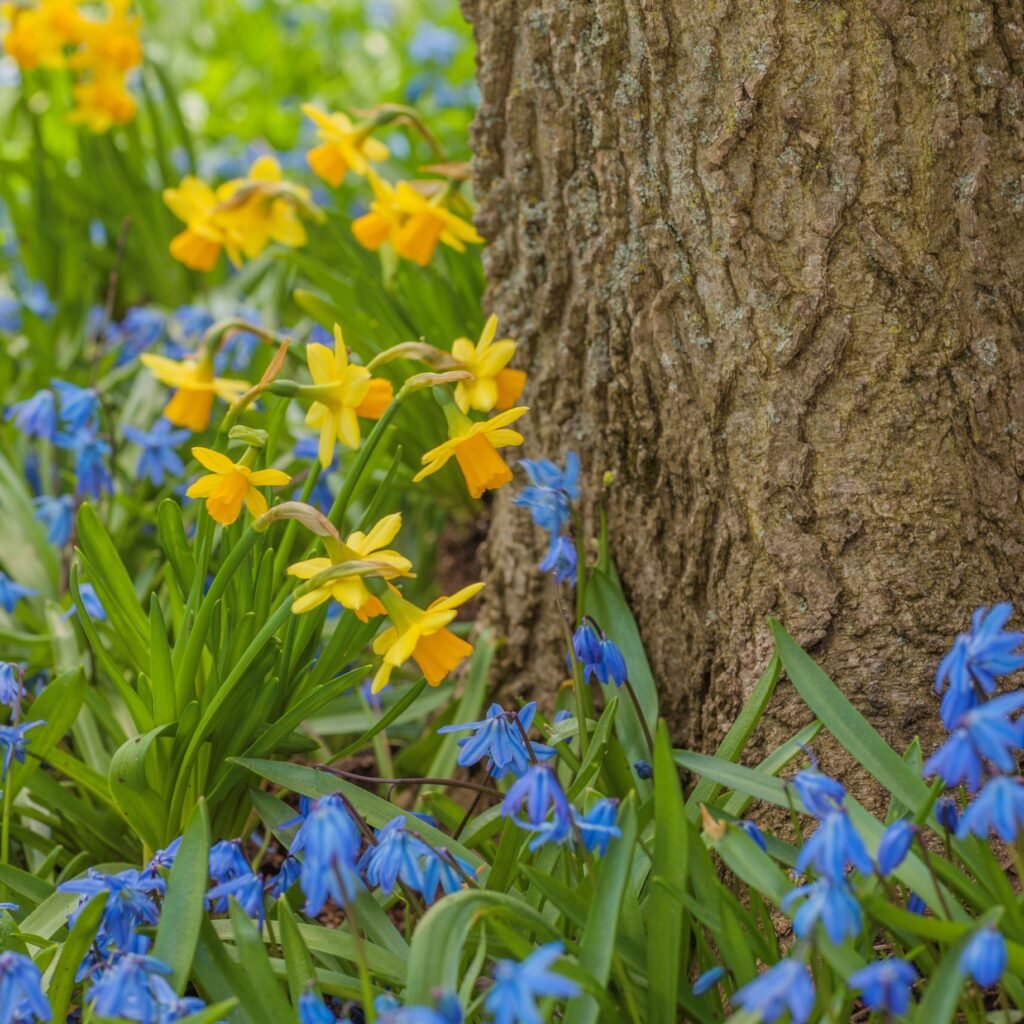
If you’re dreaming of flowers that bloom when snow is still on the ground, crocuses are your answer. These petite bulbs push through the frost to deliver purple, yellow, and white blossoms that announce spring’s arrival.
Why Plant in November:
Crocuses are small and quick to root. As long as the soil isn’t frozen, they’ll establish themselves quickly before dormancy. They’re also deer-resistant and ideal for naturalizing in lawns and borders.
Planting Tips:
- Depth: 3–4 inches deep
- Spacing: 2–3 inches apart
- Soil: Light, well-drained soil
- Bonus Tip: Plant them in clusters or drifts for a more natural look. For extra impact, scatter and plant where they fall.
Popular varieties: ‘Ruby Giant’, ‘Flower Record’, ‘Pickwick’.
3. Tulips
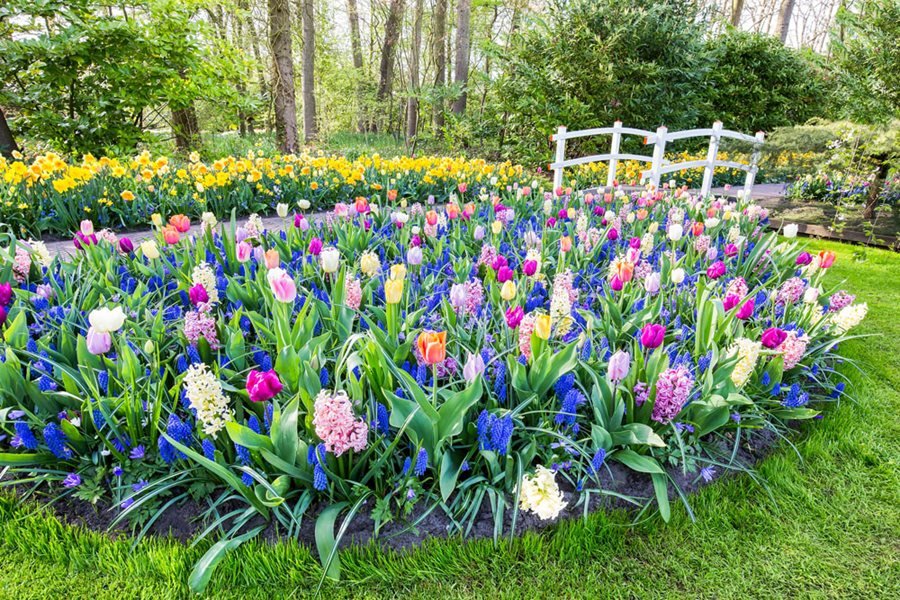
Tulips are classic spring bulbs known for their dazzling range of colors, shapes, and heights. While they’re often planted in October, many gardeners don’t realize tulips actually prefer cold soil. Planting them in November can even reduce the risk of fungal diseases like tulip fire.
Why Plant in November:
The cooler temperatures of late fall provide ideal conditions for tulips. Plus, planting late helps deter rodents and squirrels, which are less active in colder weather.
Planting Tips:
- Depth: 6–8 inches deep
- Spacing: 4–6 inches apart
- Soil: Loose, sandy, well-drained
- Bonus Tip: For a professional look, plant tulips in groups of 10–15 bulbs of the same color for bold visual impact.
Popular varieties: ‘Apricot Beauty’, ‘Queen of Night’, ‘Red Impression’, ‘Angelique’.
4. Hyacinths
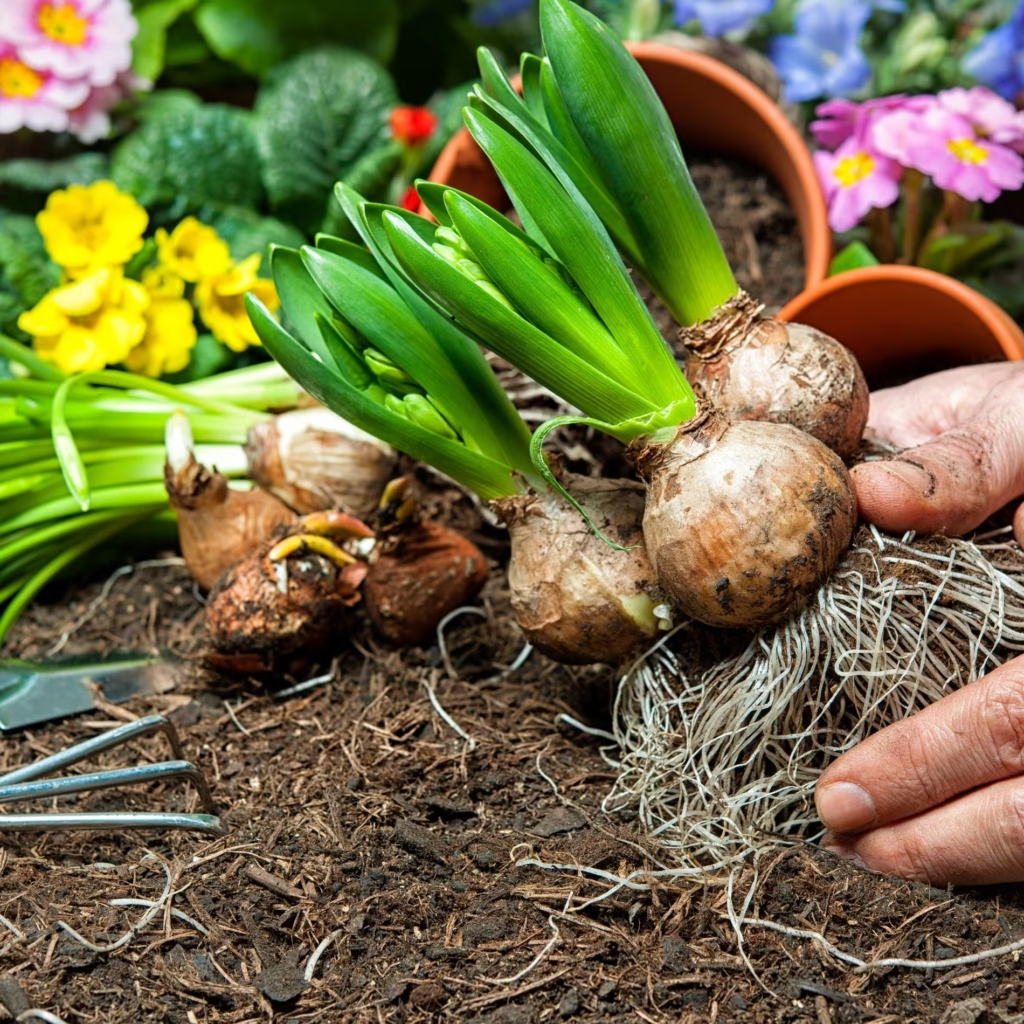
Known for their strong fragrance and dense flower clusters, hyacinths add both beauty and scent to your spring garden. Their jewel-toned blooms—pink, blue, purple, and white—are stunning in borders and containers.
Why Plant in November:
Hyacinths need a chilling period to bloom properly, and late fall provides just that. The bulbs are hardy enough to handle frosty soil.
Planting Tips:
- Depth: 5–6 inches deep
- Spacing: 4–5 inches apart
- Soil: Fertile, well-drained soil enriched with compost
- Bonus Tip: Wear gloves when handling bulbs—they can irritate skin due to natural alkaloids.
Popular varieties: ‘Woodstock’, ‘Blue Jacket’, ‘Pink Pearl’, ‘Carnegie’.
5. Snowdrops (Galanthus)
As their name suggests, snowdrops are among the first flowers to bloom—sometimes appearing even before the last snow melts. Their dainty white, nodding blooms are a subtle but charming signal that winter is ending.
Why Plant in November:
Snowdrops are extremely hardy and thrive when planted late. They establish roots in cool soil and bloom reliably in early spring.
Planting Tips:
- Depth: 2–3 inches deep
- Spacing: 2–3 inches apart
- Soil: Moist but well-draining
- Bonus Tip: Snowdrops look best in naturalized drifts beneath trees or along garden paths.
Popular varieties: ‘Flore Pleno’, ‘Atkinsii’, ‘Viridapice’.
6. Grape Hyacinths (Muscari)
Small but mighty, grape hyacinths produce clusters of tiny blue or purple flowers resembling bunches of grapes. They’re excellent for borders, rock gardens, and layering with larger bulbs like tulips.
Why Plant in November:
These bulbs are very cold-tolerant and easy to establish even in late fall. They multiply quickly, creating dense patches of color over time.
Planting Tips:
- Depth: 3–4 inches deep
- Spacing: 2–3 inches apart
- Soil: Well-drained, slightly sandy
- Bonus Tip: Combine them with yellow daffodils for a stunning blue-and-gold spring palette.
Popular varieties: ‘Armeniacum’, ‘Latifolium’, ‘Album’.
7. Alliums
If you love architectural flowers, alliums (ornamental onions) are perfect. Their globe-shaped blooms stand tall above the garden and add height and texture to spring and early-summer borders.
Why Plant in November:
Alliums require a cold period to develop properly and are highly frost-tolerant. Planting in late fall gives them plenty of time to establish roots.
Planting Tips:
- Depth: 4–6 inches deep
- Spacing: 6–8 inches apart
- Soil: Well-drained, fertile soil
- Bonus Tip: Mix tall varieties like ‘Globemaster’ with smaller ones such as ‘Purple Sensation’ for layered visual interest.
Popular varieties: ‘Purple Sensation’, ‘Globemaster’, ‘Mount Everest’.
8. Fritillaria (Crown Imperials and Checkered Lilies)
Fritillarias are less common but incredibly striking bulbs that bloom in early to mid-spring. Their bell-shaped flowers hang elegantly and add an exotic flair to garden beds.
Why Plant in November:
They thrive in cool soil and prefer being planted later in the fall, after the hottest months have passed.
Planting Tips:
- Depth: 5–6 inches deep (plant sideways to prevent rot)
- Spacing: 6–8 inches apart
- Soil: Well-drained with a bit of grit
- Bonus Tip: Handle bulbs gently—they can be fragile and dislike being disturbed after planting.
Popular varieties: ‘Crown Imperial’, ‘Meleagris’, ‘Rubra Maxima’.
9. Iris Reticulata (Dwarf Iris)
For a burst of purple, blue, or yellow in very early spring, dwarf iris are unbeatable. Their elegant, sword-like foliage and vivid blooms make them a standout choice for borders or rock gardens.
Why Plant in November:
Dwarf irises are hardy enough to be planted late and bloom early. They’re small bulbs that root quickly, making November an ideal time for planting.
Planting Tips:
- Depth: 3–4 inches deep
- Spacing: 3 inches apart
- Soil: Well-drained and sunny location
- Bonus Tip: Perfect for containers or front edges of garden beds for an early color pop.
Popular varieties: ‘Harmony’, ‘Katharine Hodgkin’, ‘Pixie’.
General Bulb-Planting Tips for Success
- Choose the right spot: Most spring bulbs love full sun or partial shade.
- Ensure good drainage: Waterlogged soil causes bulbs to rot. Add sand or compost if necessary.
- Plant pointed side up: This helps shoots emerge properly.
- Water after planting: Moisture helps bulbs settle into the soil and begin root growth.
- Add mulch: A 2-inch layer of mulch insulates bulbs against temperature swings and retains moisture.
Final Thoughts
Planting bulbs in November might seem late, but it’s actually a secret window of opportunity that savvy gardeners take advantage of. The soil is cool but workable, the air is crisp, and pests are less active—creating perfect conditions for bulbs to root quietly through winter.
Come spring, your garden will reward you with an explosion of color—from the golden glow of daffodils and deep purples of crocuses to the heady fragrance of hyacinths.
So don’t let November’s chill stop you. Grab your trowel, choose your favorite bulbs, and tuck them into the soil now. By the time the first warm breeze of spring arrives, you’ll have a garden bursting with life—proof that a little late-season effort can lead to early-season beauty.
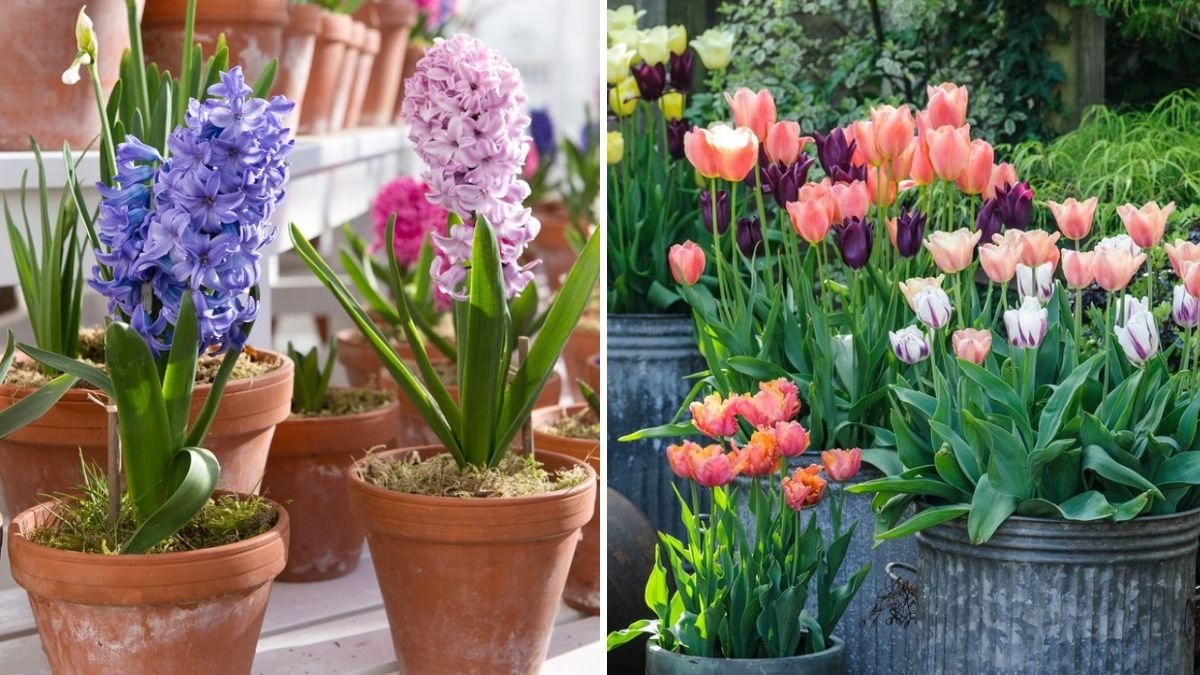




Leave A Comment